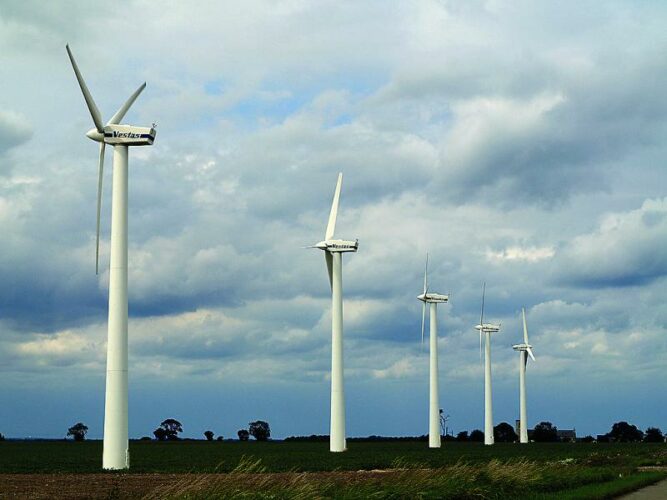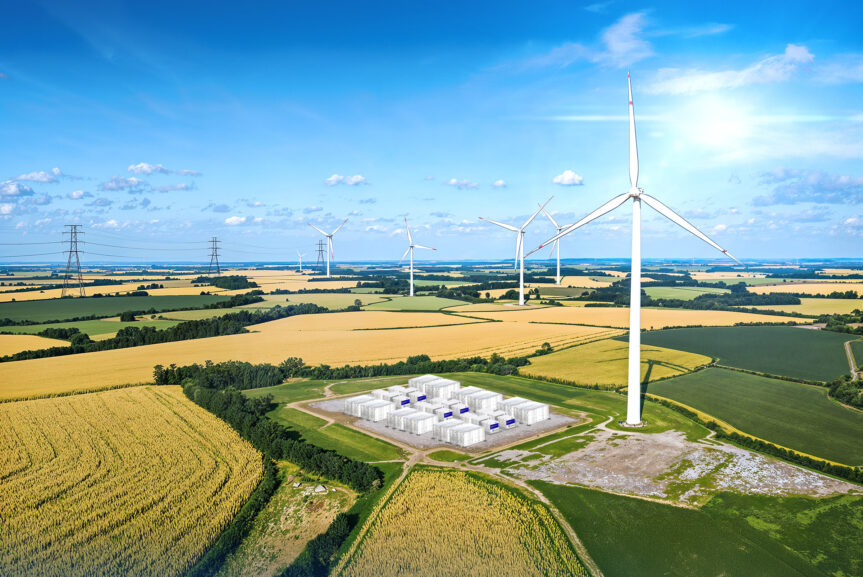Grid-connected, battery-based energy storage systems have many benefits, including renewable energy integration, enhanced grid capacity and improved power quality. Recognising these advantages, some of the world's largest power grid OEMs are developing turnkey energy storage products. Tim Probert explores what GE, Alstom and ABB are planning to bring to market and to bring down costs.
GE has placed a large bet on sodium nickel chloride being the winner in the race to provide cost-effective batteries for the global energy storage market, which it estimates could be worth US$65 billion by 2020.
to continue reading this article...
Sign up to any Premium subscription to continue reading
To read this article, and get access to all the Premium content on bestmag.co.uk, sign up for a Premium subscription.
view subscription optionsAlready Subscribed? Log In












